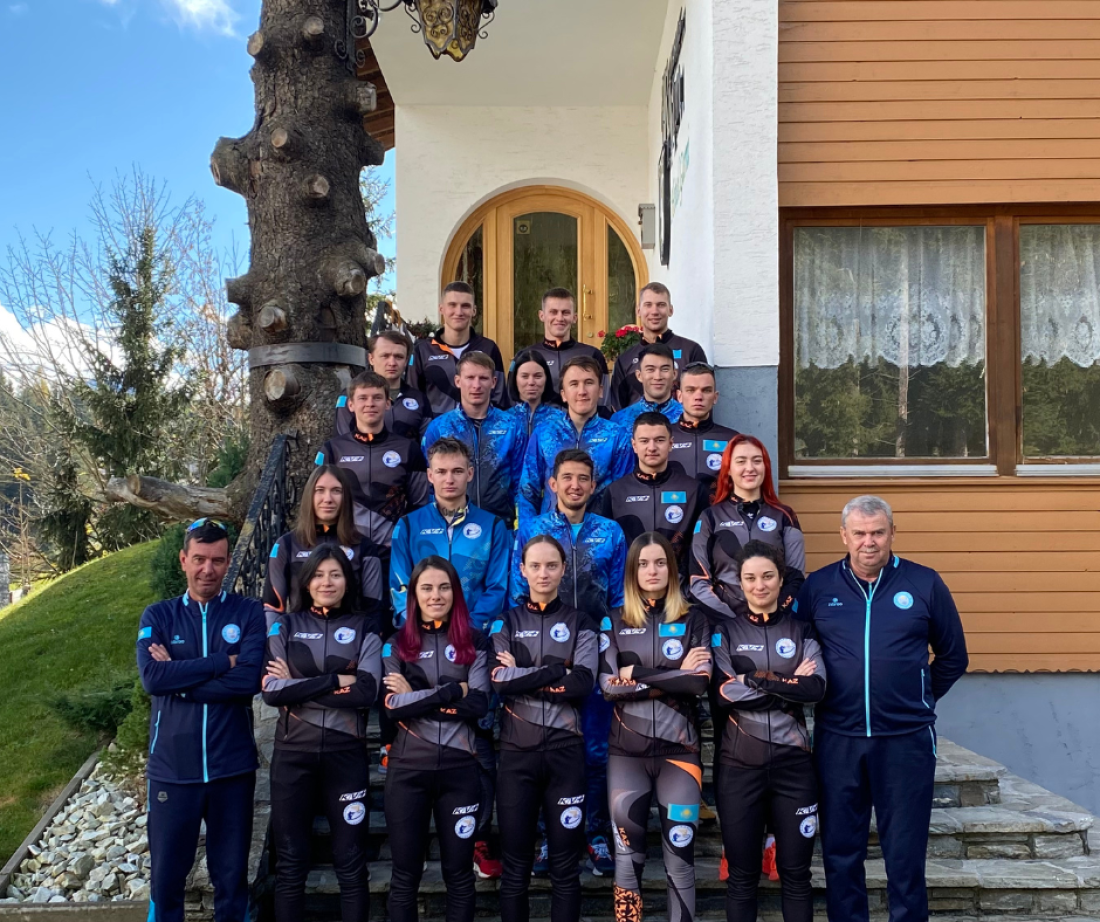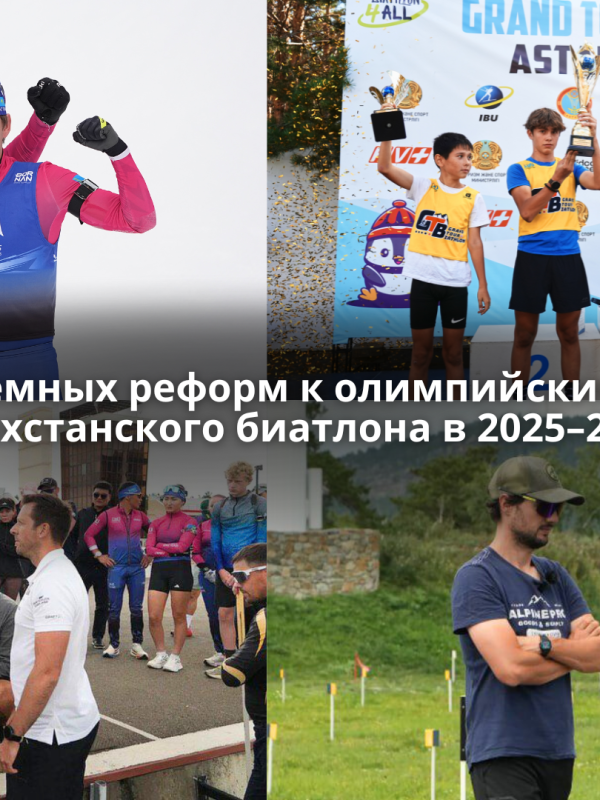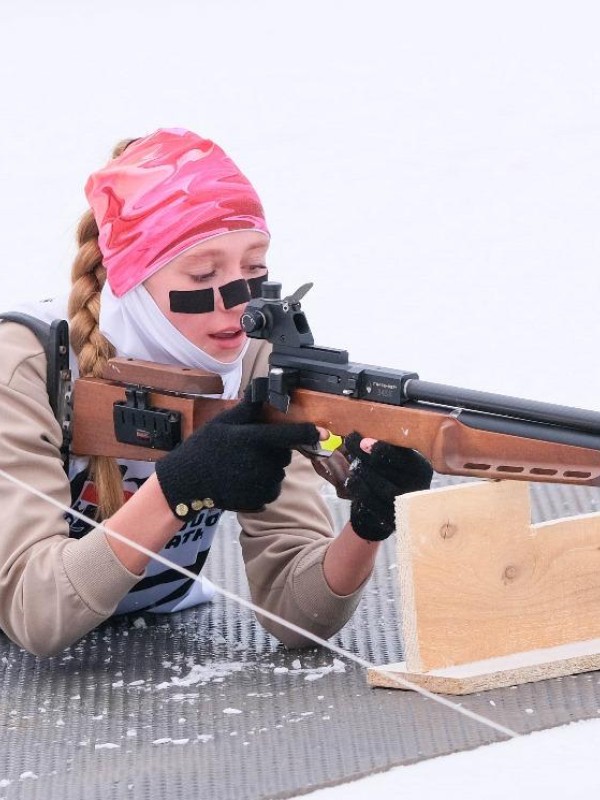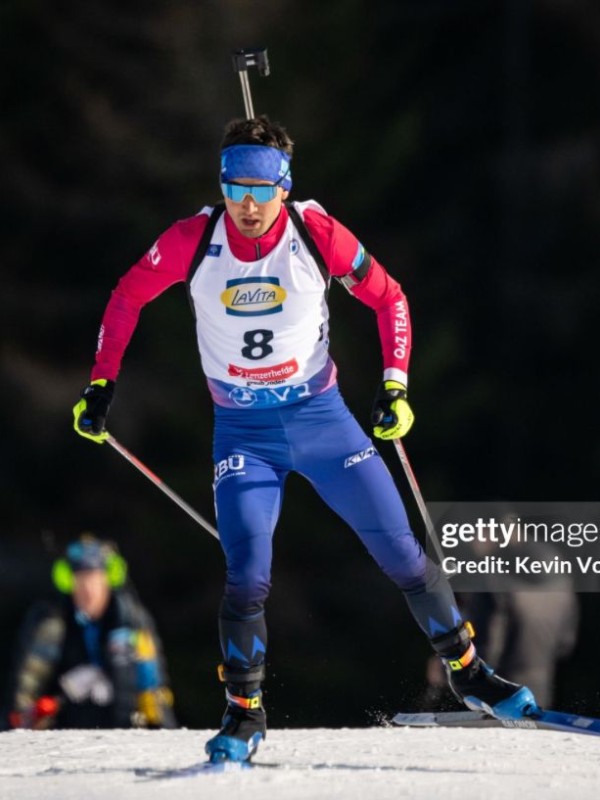Biathletes' training in Ramsau is completed

Ski training
The Dachstein Glacier is a very attractive place for high-altitude ski training. This year, biathletes from France, Slovakia, Ukraine, Italy, and many other leading countries in biathlon held training camps on the glacier. In addition to breathtaking views of the Alpine expanses, on the glacier, which is located at an altitude of 2700 meters, there are two flat skiing courses, where biathletes train. Our athletes went up to the snow seven times, dedicating each to working on improving different skiing techniques. Altitude training helps raise an athlete's hemoglobin levels, increase VO2 max, maximal oxygen consumption (which increases endurance), and prepare the team for the high-altitude conditions, in which most international competitions take place.

Comprehensive training (roller skiing + shooting)
Comprehensive training imitates the conditions of a race – athletes on roller skis go a certain distance and come to the shooting range to practice their shooting skills. On average, during one training session, athletes use 75 rounds, which is equal to 15 shooting stages. Depending on the position the athletes want to improve their shooting in, a training plan is drawn up together with the coaches, according to which a part of the shooting stages is focused on shooting in the prone position, and the other to standing shooting. The improvement of shooting skills occurs due to the repetition of the process, and the athlete’s body needs to get used to the intense work of the cardiovascular and respiratory systems.
Good shooting also largely depends on the psychological preparedness of the athlete. Feeling responsibility for the race, the athletes can feel overwhelmed, so making sure biathletes are prepared psychologically is an integral part of the preparation for the season.

Medical examination
Our athletes were also examined on a ‘treadbahn’, a device for processing skiing technique, to determine the zones of load intensity and VO2 max. Reminiscent of a treadmill for an athlete on roller skates, the ‘treadbahn’ is meant to test biathletes at a speed of 3 km/h, who repeat the “track” for 4 minutes per set at an increasing angle, from a plain to a rise of 9 degrees. As part of the examination, the athlete's heart rate, maximum oxygen consumption (VO2 max), carbon dioxide exhalation, and measurements of lactate (lactic acid) in the blood are taken after each level. Measuring lactate levels helps determine the effectiveness of training programs, as well as peak loads, and recovery time. Based on the readings of the lactate level, it is possible to accurately determine the methodology for training an athlete.
It should be noted that there are very few ‘treadbahns’ around the world - this is an expensive, but very effective device that can help develop an athlete’s skiing technique. Therefore, while in Austria, our team used the chance to train on this device.


Strength training
In addition to training on roller skis and skis, athletes make sure to work on their physical form in the gym. They perform 8-10 different exercises to work out the muscles of the whole body - legs, back, arms and abs. Exercises are performed in two sets, with a short break between the series.

Servicemen and the manager of the national team did not waste any time either. In parallel with the training, they went to the factories of ski manufacturers Salomon and Fischer to choose skis for the upcoming season. Skis are selected for each athlete individually, so it is especially important to choose the right equipment for the season. Also, our colleagues carried out bullet testing in neighboring Germany - they selected the best bullets for the individual weapons of athletes, tested at a certain temperature, depending on the venue of the competition.

The training in Ramsau was an induction for a smooth transition, the so-called rolling in, from roller skis to skis, as well as a gradual ascent to a higher altitude (athletes lived at an altitude of 1200 meters, sometimes training at 2700). Now the team has already moved from Austria to Italy for the next training camp. The last stop before the start of the season is Livigno, where the team lives and trains at an altitude of 2200 meters. Next, part of our team will go to Sjusjoen, Norway, to take part in the IBU Cup races, and the other part will go to Kontiolahti, Finland, where the World Cup starts this year. We wish success to our team this season, and that the result of each start always surpasses the previous one!




